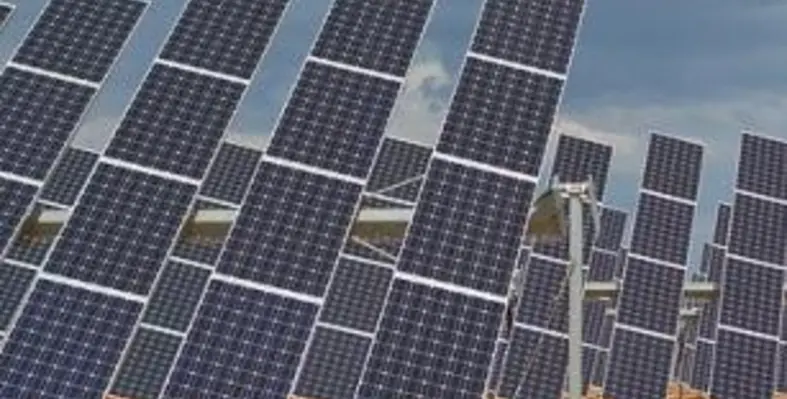The details of the “Desert to Power Initiative” have been outlined as part of the Paris Agreement climate change talks at COP24 in Katowice, Poland
Energy poverty in Africa is estimated to cost the continent two-four per cent GDP annually, according to the African Development Bank (AfDB), which is leading the project.
The initiative aims to develop and provide 10 GW of solar energy by 2025 and supply 250mn people with green electricity including in some of the world’s poorest countries. At least 90mn people will be connected to electricity for the first time, lifting them out of energy poverty.
About 64 per cent of the Sahel’s population - covering Senegal, Nigeria, Mauritania, Mali, Burkina Faso, Niger, Chad, Sudan and Eritrea - lives without electricity, a major barrier to development, with consequences for education, health and business.
By harnessing the exceptional solar resource in the region, AfDB and its partners hope to transform the region.
Magdalena J Seol from the AfDB said, “Energy is the foundation of human living - our entire system depends on it. For Africa right now, providing and securing sustainable energy is in the backbone of its economic growth.”
The project will provide many benefits to local people, said Seol. It will improve the affordability of electricity for low-income households and enable people to transition away from unsafe and hazardous energy sources, such as kerosene, which carries health risks.
Construction of the project will also create jobs and help attract private sector involvement in renewable energy in the region.
Many women-led businesses currently face bigger barriers than men-led enterprises in accessing grid electricity - so the project has the potential to increase female participation in economic activities and decision-making processes.
The project has been launched in collaboration with the Green Climate Fund, a global pot of money created by the 194 countries who are party to the UN Framework Convention on Climate Change (UNFCCC), to support developing countries adapt to and mitigate climate change. The program is designed to combine private sector capital with blended finance.
“If you look at the countries that this initiative supports, they’re the ones who are very much affected by the climate change and carbon emissions from other parts of the world,” said Seol.
“Given this, the investments will have a greater effect in these regions, which have a greater demand and market opportunity in the energy sector.”
“Women are usually disproportionately negatively affected by energy access issues. Providing secure and sustainable electricity creates a positive impact on gender issue as well.”
It is estimated to have an almost unlimited potential of solar capacity (10 TW), abundant hydro (350 GW), wind (110 GW), and geothermal energy sources (15 GW) - and a potential overall renewable energy capacity of 310 GW by 2030.
Other renewables projects in Africa include The Ouarzazate solar complex in Morocco, which is one of the largest concentrated solar plants in the world.
In South Africa, the Bank and its partner, the Climate Investment Fund, have helped fund the Sere Wind Farm - 46 turbines supplying 100 MW to the national power grid and expected to save 6 million tonnes of greenhouse gases over its 20 years expected lifespan. It is supplying 124,000 homes.
COP24 is the 24th conference of the Parties to the United Nations Framework Convention on Climate Change (UNFCCC). This year countries are preparing to implement the Paris Agreement, which aims to limit the world’s global warming to no more than 2C.






